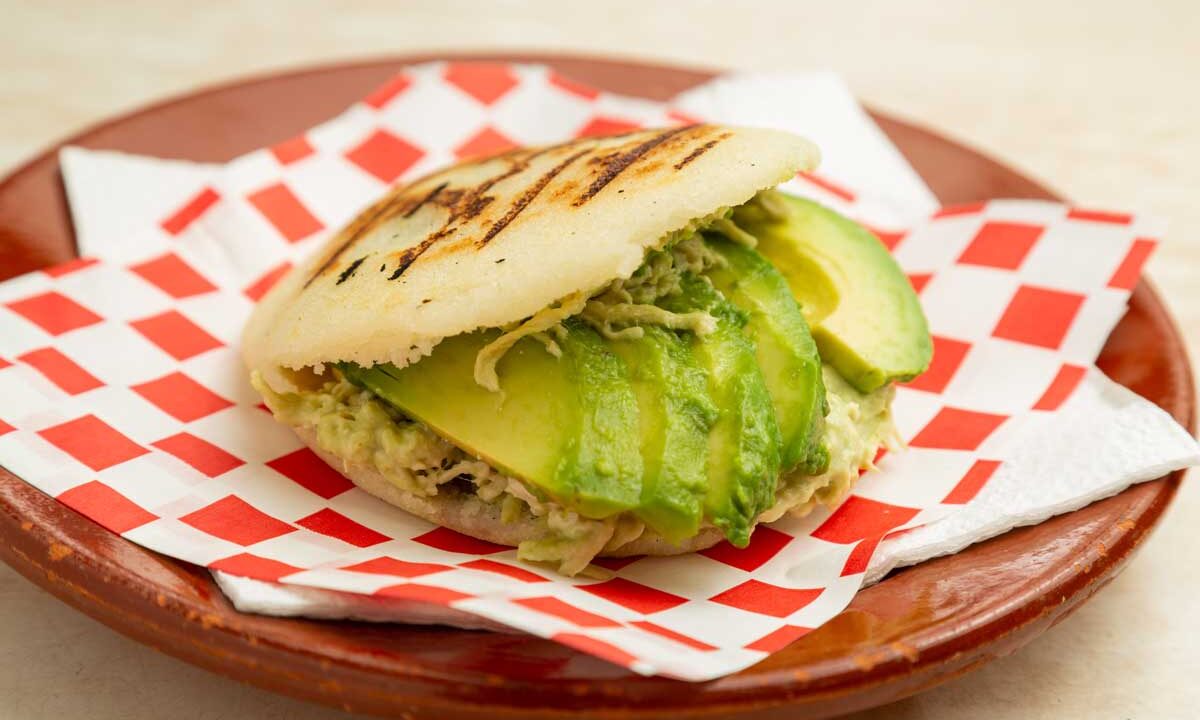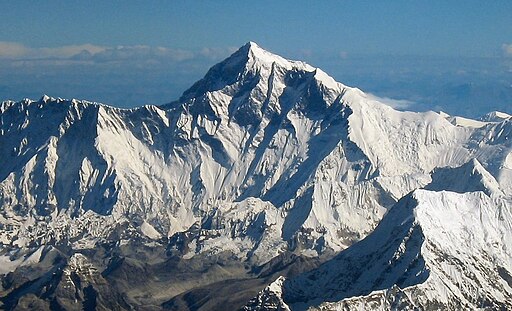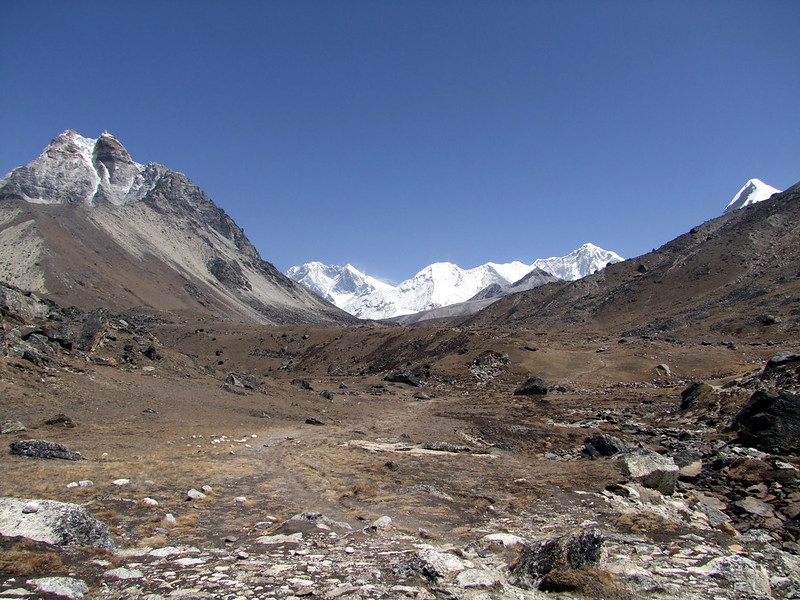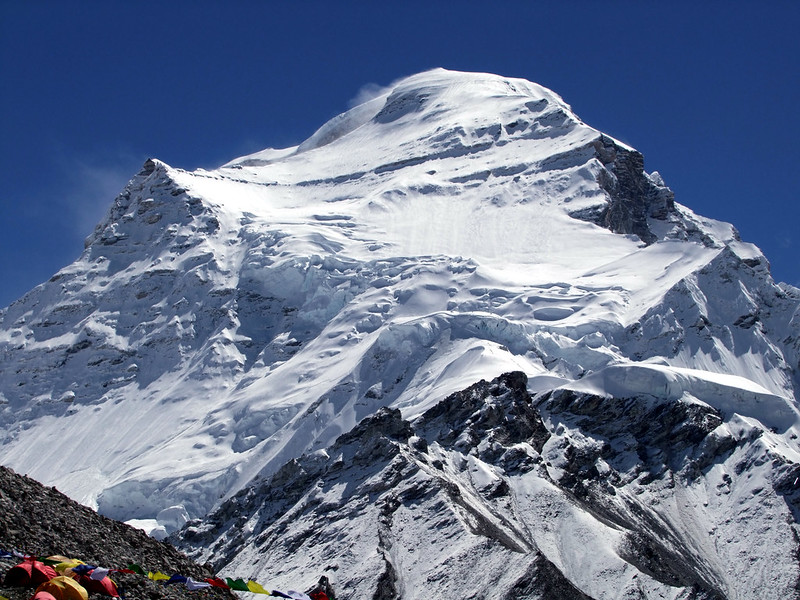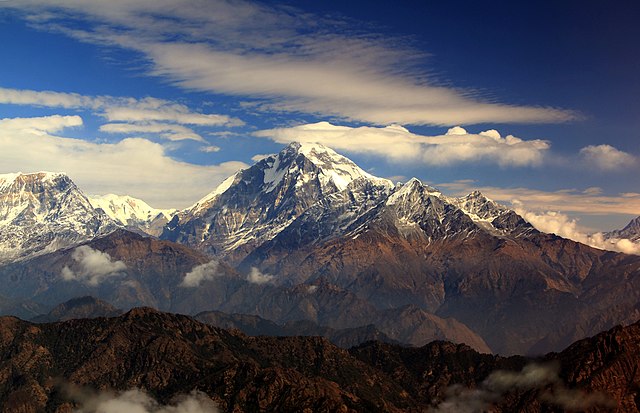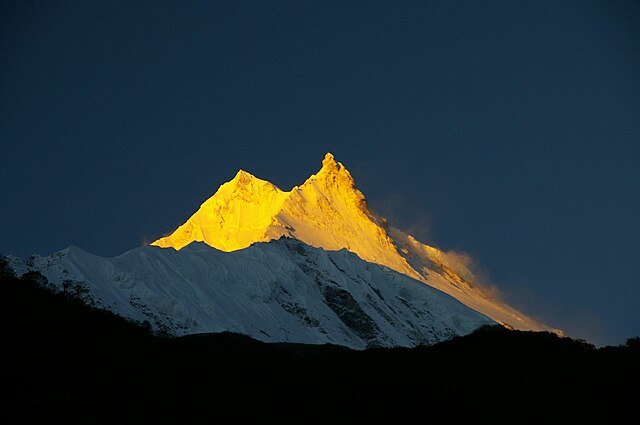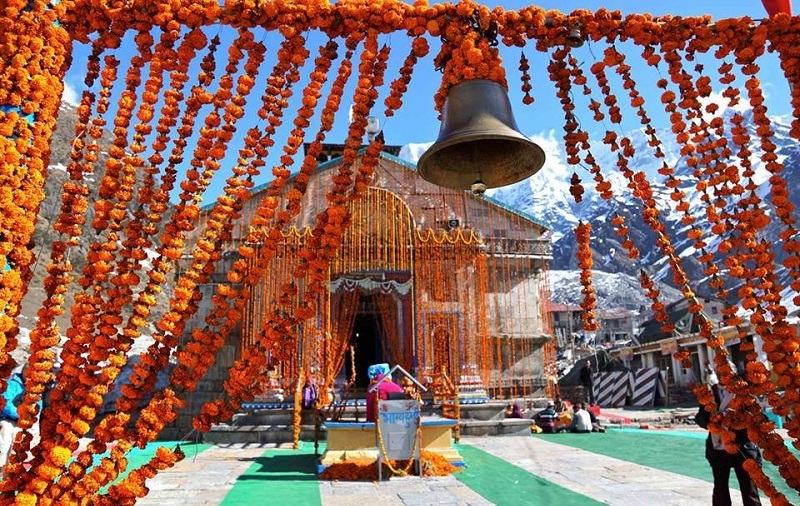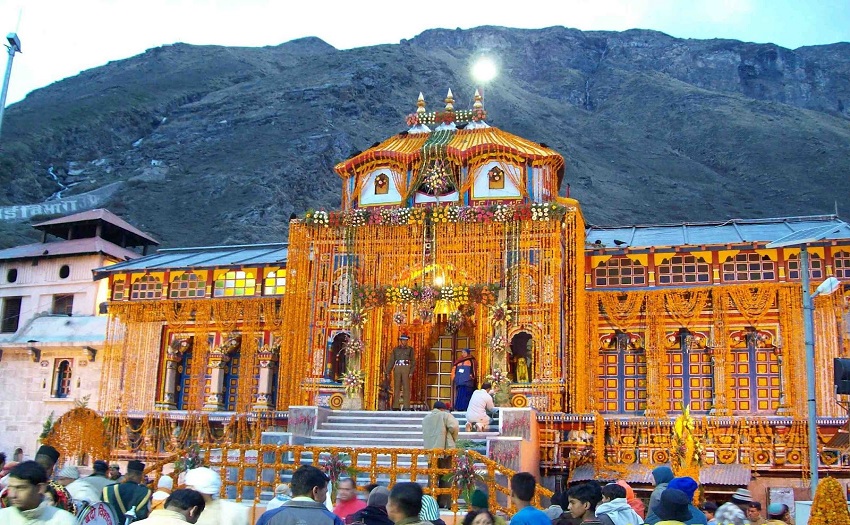There’s a huge shift in how the world views Saudi Arabia. The oil-rich nation is now opening its doors to the world and is becoming one of the most tourist-friendly nations in the world. So, tourists should make use of this opportunity to explore one of the most stunning cities in Saudi Arabia – Riyadh. There are many places to see and things to do in Riyadh that you won’t find anywhere else and will leave you richer with amazing experiences. Plan an elaborate tour of Saudi Arabia, allocating at least 2 days for Riyadh.
How to Visit Riyadh?
The easiest way to reach Riyadh in Saudi Arabia is by applying for an eVisa. This electronic visa is approved within a day and allows you to explore the country for tourism and leisure purposes. However, you must check suitability beforehand as over 60 countries are listed as eligible. For example, getting a Saudi visa for UAE residents is simpler than for Indians. So, you will be asked to submit the documents based on nationality and duration. Also, the airline system of Saudi Arabia is well-connected with major cities.
2 Days in Riyadh Itinerary

Here’s how you can spend 2 days in Riyadh:
Day 1
A Sunrise Like No Other
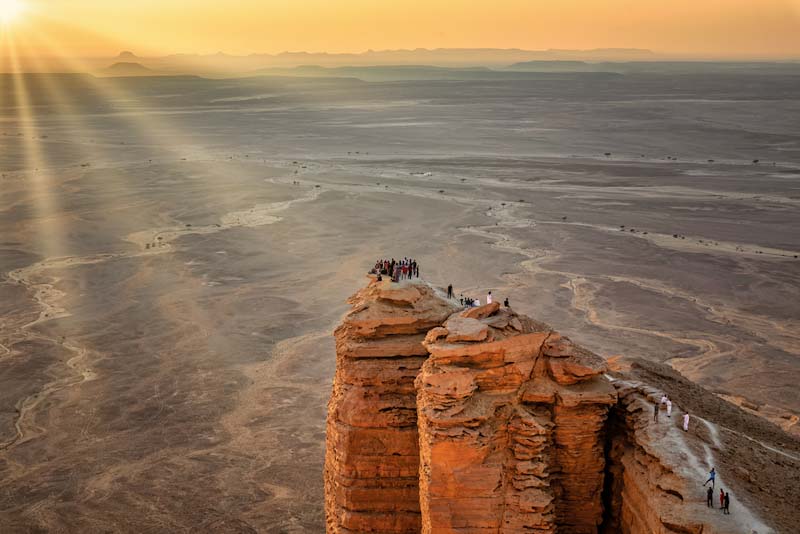
There’s a spectacular place outside Riyadh called Edge of the World. It is open only during the weekends, so make sure to plan accordingly. Book a car or join a tour and hike up to this fantastic place that is 1.5 hours away from Riyadh. Though you have to get up early and take a treacherous path, the views of the sunset are worth the effort. There are many activities in Riyadh like this that will help you enjoy your trip.
Start Your Historical Journey
The Al Masmak Fortress is one of the most significant sites in Saudi Arabia’s victory. It was from here that the unification of the provinces happened after King Abdulaziz won the fort in 1905. This was the beginning of the modern Kingdom of Saudi Arabia. The fortress is completely made from mud and is now home to a museum where many wonderful and important historical artifacts and relics are kept on display.
You should also plan a visit to Tauraif and Diriyah districts. Both have a lot of historical significance, and you can also check out the old architecture that some buildings have still preserved. The Diriyah district was once home to the royal family, so many buildings here still retain traditional architecture.
Time for a Grand Lunch

All this exploration will make you hungry, so be sure to try a local restaurant to feast on the most authentic Arabian delights like Mandi, which is a rice dish served with meat that has been slow-cooked to succulent tenderness. Kabsa is another rice and meat dish that is quite different from Mandi. This is a lot more robust and spicier. These dishes are served on large platters, so you can share them with family and friends.
History Lessons Continue Post Lunch
Learn more about the great King Abdulaziz by heading to the King Abdulaziz Historical Center. Many tourists who wonder what to do and see in Riyadh, first head to this culturally significant place. In the King Abdulaziz Historical Center, there is also Murabba Palace, which was the first structure made outside the border of the old city. There’s much to see here. Also in the center are the National Museum of Saudi Arabia and King Abdul Abdulaziz Museum, where you will learn more about the history and culture of this great country. The King Abdulaziz Historical Center closes at 5 pm, so head here straight after lunch.
Balmy Evening at Al-Burari Quarter
This region is home to some beautiful, old mud-brick homes that will make you feel like you have traveled back in time. This is quite a charming place, and one can sit around and enjoy the wonderful sights of the buildings and the people. If you are hungry, some restaurants and cafes serve authentic and tasty Arabian cuisine. You can have a nice meal in any of these places.
Day 2
Start Your Day at the Rock Park
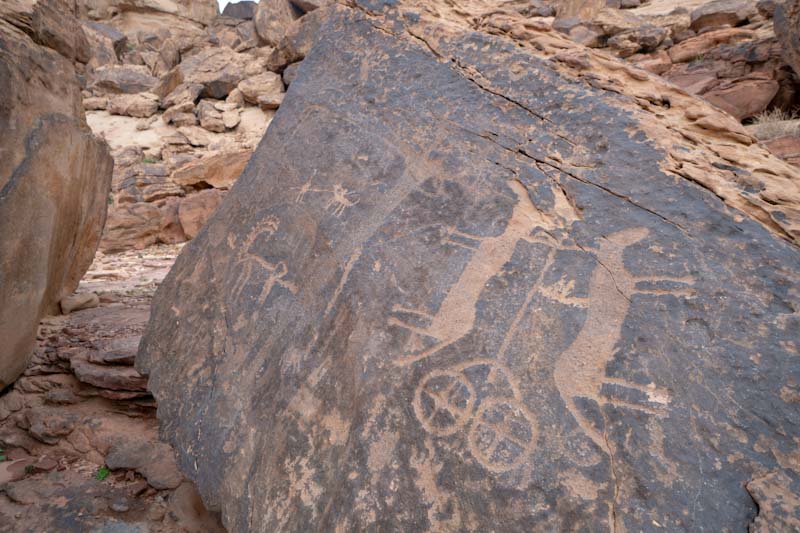
For your second day in Riyadh, start your journey after breakfast at your hotel or any of the amazing local joints. Plan a visit to the Rock Park. This is quite a unique place where you can relax, take a walk through lush greenery, enjoy a picnic, play football on the pitches, get some exercise at the obstacles, frames, and playground equipment, or simply sit and people-watch as the park attracts people from the nearby embassies. You can also catch awesome views of Wadi Hanifa Valley, which is nearby.
Shopping Excursion
Riyadh is home to some of the most amazing shopping malls in the country. Apart from the best brands in the world, you will also find many wonderful local brands selling amazing Arabian clothes and designs. The Riyadh Gallery Mall is a favorite amongst all tourists because, apart from retail stores, the mall is also home to an amusement park. Hayat Mall is another popular mall that you can check out. Both malls have awesome food courts full of fast-food joints, restaurants, and cafes; you should grab lunch right here.
Meet Your Favourite Animals at the Riyadh Zoo

If you have kids with you on your Saudi Arabia tour, make sure you go to the Riyadh Zoo. Try to visit this place later in the day as there are many open-air places here, so it is much cooler for you. In the zoo, you have to ride the train for a 20-minute ride as it takes you around this massive place. There are more than 1500 animals here that your kids will love to see. There are also many shows where you can interact with the animals and have a great time.
Grab Dinner & Experience Culture at Ithra
If you have not eaten snacks at the Riyadh Zoo, you can check out some good local restaurants and enjoy a good dinner. Then, ready yourself for a great cultural experience. One of the best things to do in Riyadh at night is catching an event at Ithra, also known as King Abdulaziz Center for World Culture. Many events are happening here throughout the year, and you can get a superb experience enjoying a show on your last night in Riyadh.
Conclusion
Use the above information to make your itinerary for 2 days in Riyadh and have a great time in this great city. Riyadh is fast becoming one of the most visited cities in the Middle East, so now is a great time to check it out before it becomes a crowded place.


